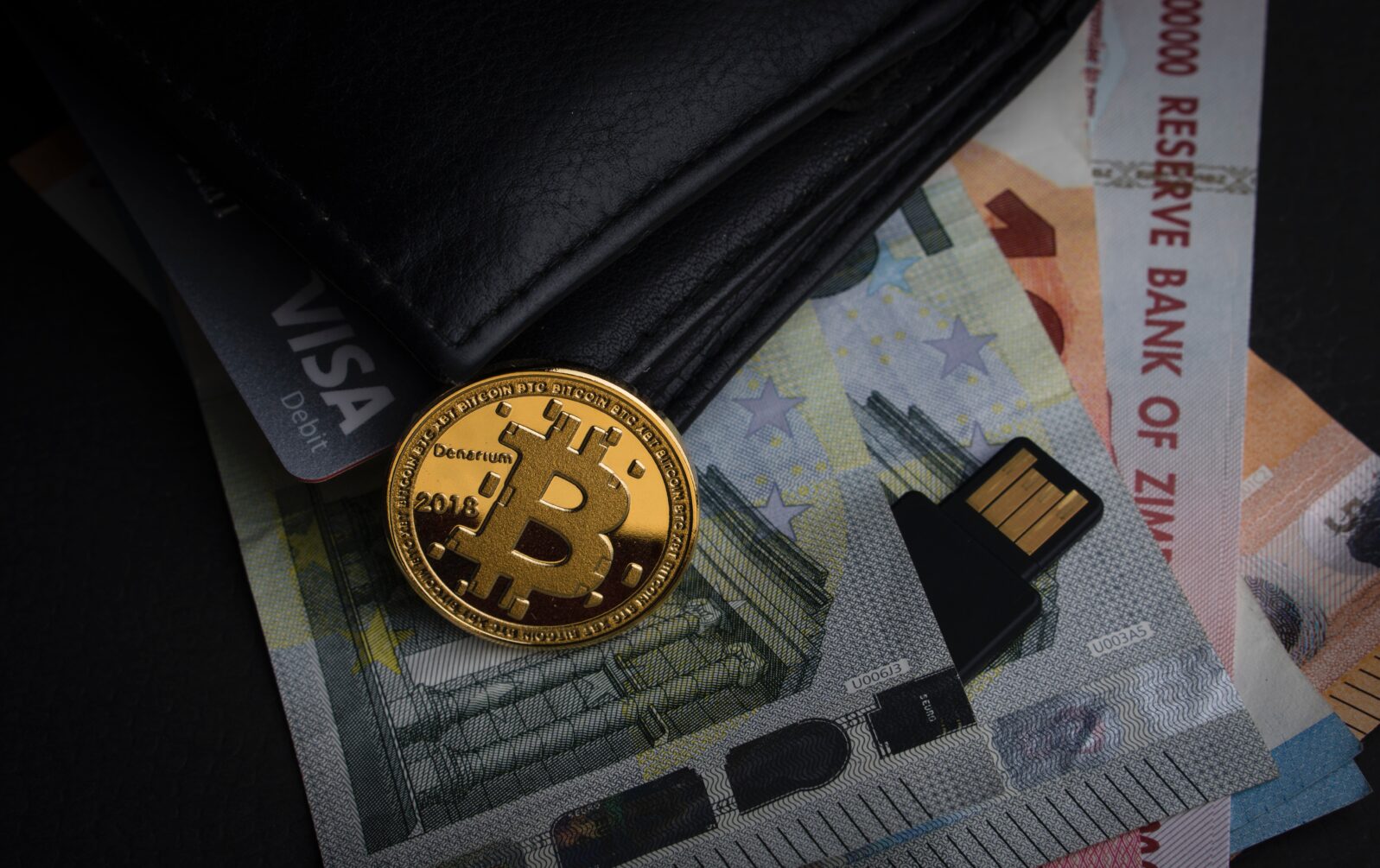Modern Bitcoin’s Surprising Lesson About Ancient Writings
This article was published in The Stream (September 13, 2022) and is republished with permission.
Can we trust the authenticity of the New Testament writings? Trust is fundamental in the acceptance of Scripture. There is an interesting lesson to be learned from a very modern trust system: money. Even Bitcoin, believe it or not.
An exchange of trust
We start with old-fashioned familiar money. Why is a twenty dollar bill worth $20? After all, it is only a small sheet of paper. The answer is trust. We trust that the paper has value because the value is backed by the United States government.
We also trust Walmart to give us $20 worth of Doritos if we give them a twenty dollar bill. The cashier might look at us funny, but it’s an exchange of trust anyway.
The cryptocurrency Bitcoin has no government backing it, but people still use it to buy and sell. They wouldn’t do it unless they had good reason to trust it. Here we find the interesting parallel with the New Testament writings. Bitcoin and the Bible both establish trust in similar ways.
A bit about Bitcoin
Bitcoin is still new, so I’ll explain how it works. It is a digital form of currency. Confidence in Bitcoin value is maintained through computer software called blockchain. Imagine a large number of short encrypted computer program blocks linked together. Since a large number of links are connected together, the long program is called a chain – a block chain.

You get access to your Bitcoin through a password that opens your account and only yours. Be careful with that password! Californian Stefan Thomas forgot his, and it cost him $220 million.
So why should we trust Bitcoin? Why can’t a hacker come in and add some links saying they own the coin when they don’t? The answer is the Bitcoin ledger. Many users keep copies of all the links in the blockchain in a single ledger. They keep updating this ledger as more and more Bitcoins are created and traded.
It is difficult to estimate how many copies are stored of this ledger, but some estimate it to be in the tens to hundreds of thousands. Each updated copy is the same at all times.
This is where trust comes in. No individual can make an unauthorized change to the Bitcoin blockchain without every ledger owner knowing about it. Those who keep the ledger own the Bitcoin. They have an interest in guarding Bitcoin’s reputation.
Patrolling the ledger – a striking parallel
Bitcoin can be trusted because there are thousands of dedicated Bitcoin owners patrolling the ledger to guarantee its integrity. The piggy bank is well guarded. Because it can be trusted, even in the absence of any central controlling authority, blockchains have been used in a myriad of other applications, including smart contracts, non-fungible tokens, and peer-to-peer transactions.
It’s very modern, and it’s also very technical, so what does that have to do with the authenticity of the writing? It turns out that there is a striking parallel between the script’s historical record and the blockchain ledger. A (unencrypted) blockchain of historical evidence exists for the writing that establishes its integrity and is nearly impossible to hack. Wikipedia gives a good summary:
The New Testament has been preserved in more manuscripts than any other ancient work of literature, with over 5,800 complete or fragmentary Greek manuscripts cataloged, 10,000 Latin manuscripts, and 9,300 manuscripts in various other ancient languages, including Syriac, Slavic, Gothic, Ethiopic, and Armenian , copious . The dates of these manuscripts vary from ca. 125 … to the introduction of printing in Germany in the 15th century.
This large number of historical documents is equivalent to a blockchain ledger. Its thousands and thousands of links can lead us to trust the authenticity of Scripture, because just like Bitcoin’s blockchain, new fragments could not be easily added, and none could be changed or removed. It would never have made it past the scrutiny of historians and others who guard the integrity of these records.
The integrity of the content of the New Testament
Minor differences in the journal are of little importance. The vast majority are in the order of variations in spelling. Others are brushed off by biblical scholars who like to argue about such things.
Other differences are noted in most Bibles for all to see. For example, many Bible translations have a footnote in the last part of Mark 16 that says it is not found in all old manuscripts. Overall, however, there is a remarkably high consistency of scriptural content in the historical record.
The result is that we have a solid overview of the life and teachings of the Savior, Jesus Christ and his early followers. The integrity of the content of the New Testament is unblemished. The message comes across with crystal clarity. It is not the only way we know that Scripture is reliable, but it is an important one.
Blockchain can be trusted due to widespread ledger duplication and watchful eyes. The authenticity and accuracy of the writing can also be trusted due to widespread manuscript duplication and watchful eyes.


